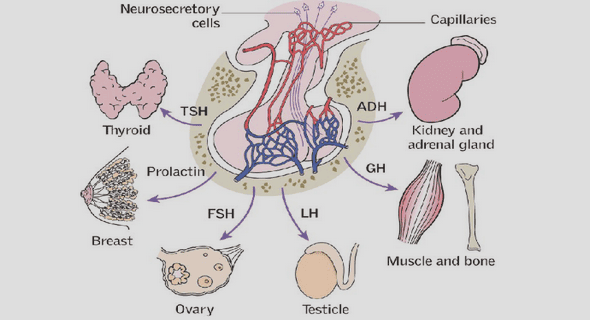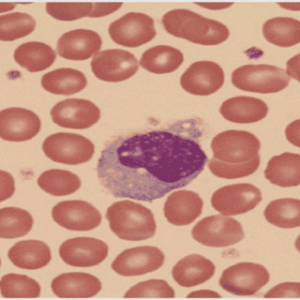(Downloads - 0)
For more info about our services contact : help@bestpfe.com
Table of contents
INTRODUCTION
Chapter 1. Biology of the intestine
1. General overview of the gastrointestinal tract
2. Biology of the intestine
2.1 Histology of the intestine
2.2 Cellular organization of the intestine
2.3 The five different cell types
A) Enterocytes and colonocytes
B) Goblet cells
C) Paneth cells
D) Enteroendocrine cells
E) Other minor cells
Chapter 2. Central role of the colonic barrier
1. The main role of intestinal mucosa
2. Physical barrier
2.1 The junctions of the epithelial barrier
A) Tight Junctions
i) Occludin
ii) Claudins
iii) Tricellulin
iv) Junctional adhesion molecules
B) Adherens junctions
C) Desmosomes
2.2 Mucus layer of the intestine
3. Bio-chemical barrier
3.1 Antimicrobial peptides
3.2 Immunity of the colonic mucosa
A) Toll-like receptors
B) NOD-like receptors
C) Inflammasome
D) Gut-associated lymphoid tissue
Chapter 3. Inflammatory Bowel disease
1. General introduction
2. Crohn’s disease
3. Ulcerative colitis
4. Epidemiology
4.1 Incidence and prevalence
4.2 Age and gender disparity
4.3 Geographical distribution
5. Etiology
5.1 Genetic susceptibility
5.2 Environmental risk factors
A) Smoking
B) Diet
C) Medication
D) The hygienic hypothesis
E) Lifestyle: Stress and exercise
F) Appendectomy
6. Therapies
6.1 Pharmaceutical treatment
A) Anti-inflammatory drugs
B) Immunosupressives
C) Antibiotics and probiotics
D) Biological agents
6.2 Surgery
6.3 Faecal Microbiota transplantation
Chapter 4. Pathogenesis of Inflammatory Bowel Disease
1. Defective physical and biochemical mucosa barrier
1. 1 Impaired Epithelial Junctions
1.2 Defective mucus layer
1.3 Defective antimicrobial factors
2. Immunology factors
3. The role of microbiota
3.1 Commensal microbiota
3.2 Microbiota in IBD
4. Genetic polymorphism involve in IBD pathophysiology
4.1 NOD2
A) NOD2 mechanism of action
B) NOD2 in CD
4.2 Autophagy
A) Basal autophagy
B) Autophagy Risk Variants in IBD
C) NOD2 and the link with autophagy
4.3 Endoplasmic reticulum Stress
A) Endoplasmic reticulum stress and cellular homeostasis
B) Endoplasmic Reticulum Stress in IBD
Chapter 5. Proteases in the gut and IBD
1. Proteases in the gut
2. Proteases and their inhibitors
2.1 Matrix Metalloproteinases
2.2 Serine proteases
2.3 Cysteine proteases
3. Mechanism of action of proteases
4. Inflammatory Bowel Disease meet proteases
4.1 Epithelial metalloproteases and their inhibitors in IBD
4.2 Epithelial serine proteases and their inhibitors in IBD
4.3 Epithelial cysteine proteases
5. Protease-based treatments to target IBD
Chapter 6. Our intestinal in vitro models
1. Epithelial cell model
2. Caco-2 cells model
3. HT29-mtx cell model
AIMS AND HYPOTESIS
RESULTS
1. Project 1. The relationship between activation of NOD2 and trypsin-like proteolytic activity secretion in intestinal epithelial cells.
2. Project 2. Autophagy signaling pathway and the release of trypsin-like proteases in intestinal epithelial cells.
3. Project 3. Endoplasmic reticulum stress boosts trypsin activity and release by enterocytes and alters barrier function
a. Paper publication
b. Extra caco-2 results
c. HT29mtx results
GENERAL DISCUSSION AND CONCLUSIONS
ANNEXES
BIBLIOGRAPHY



